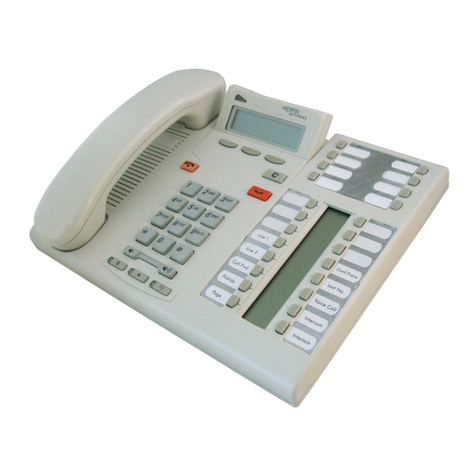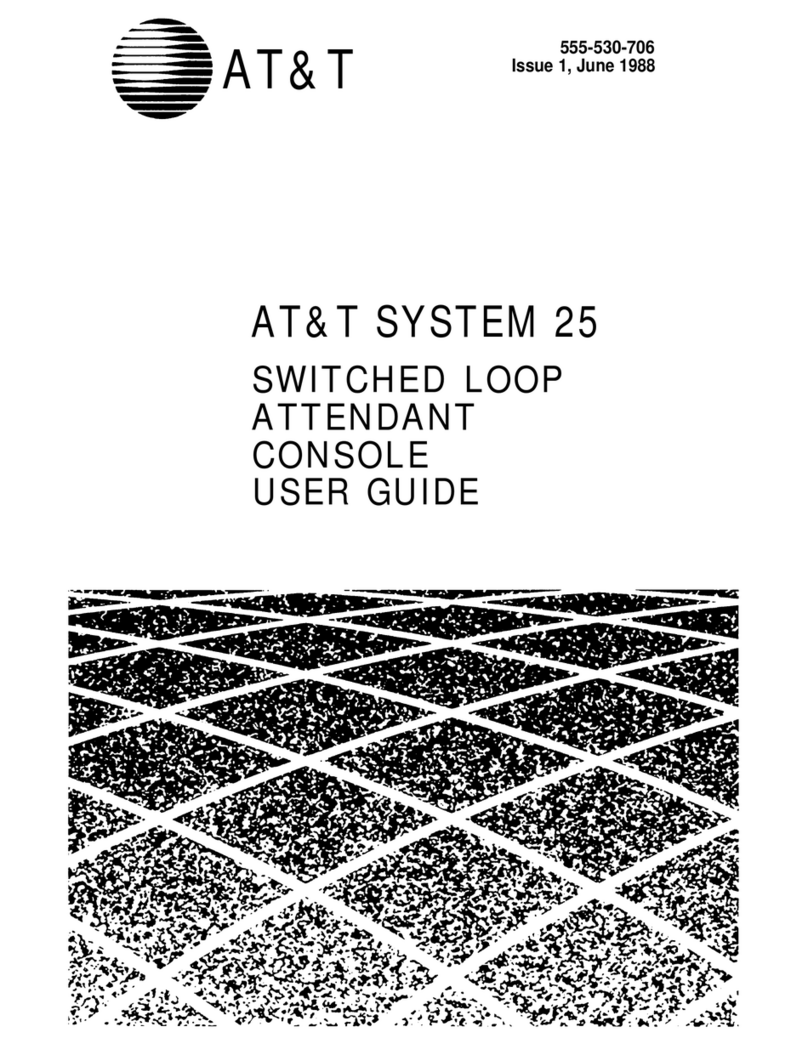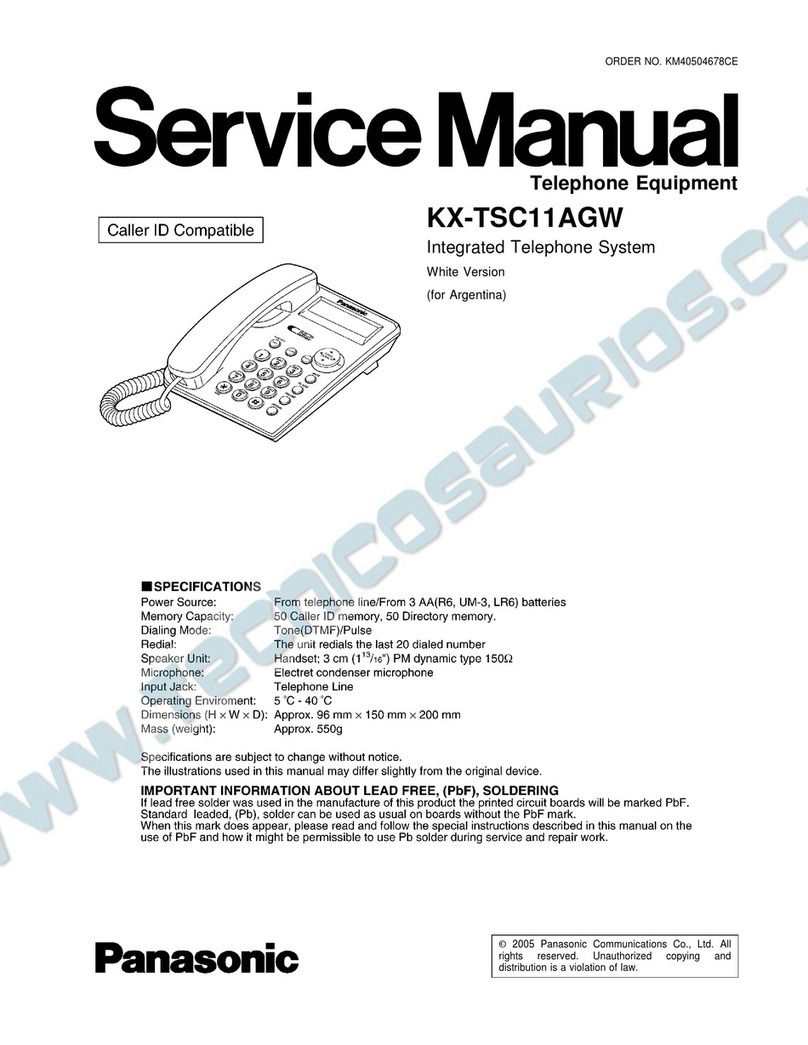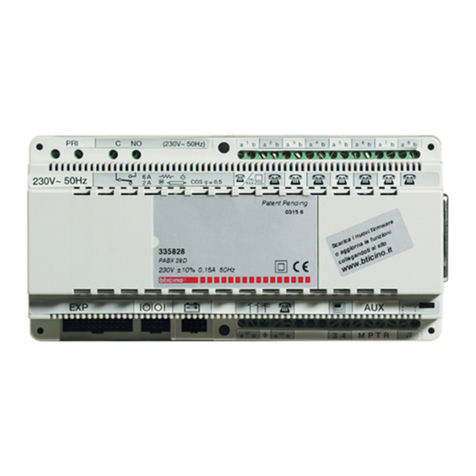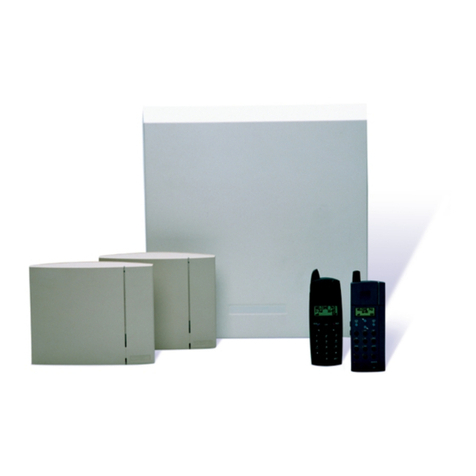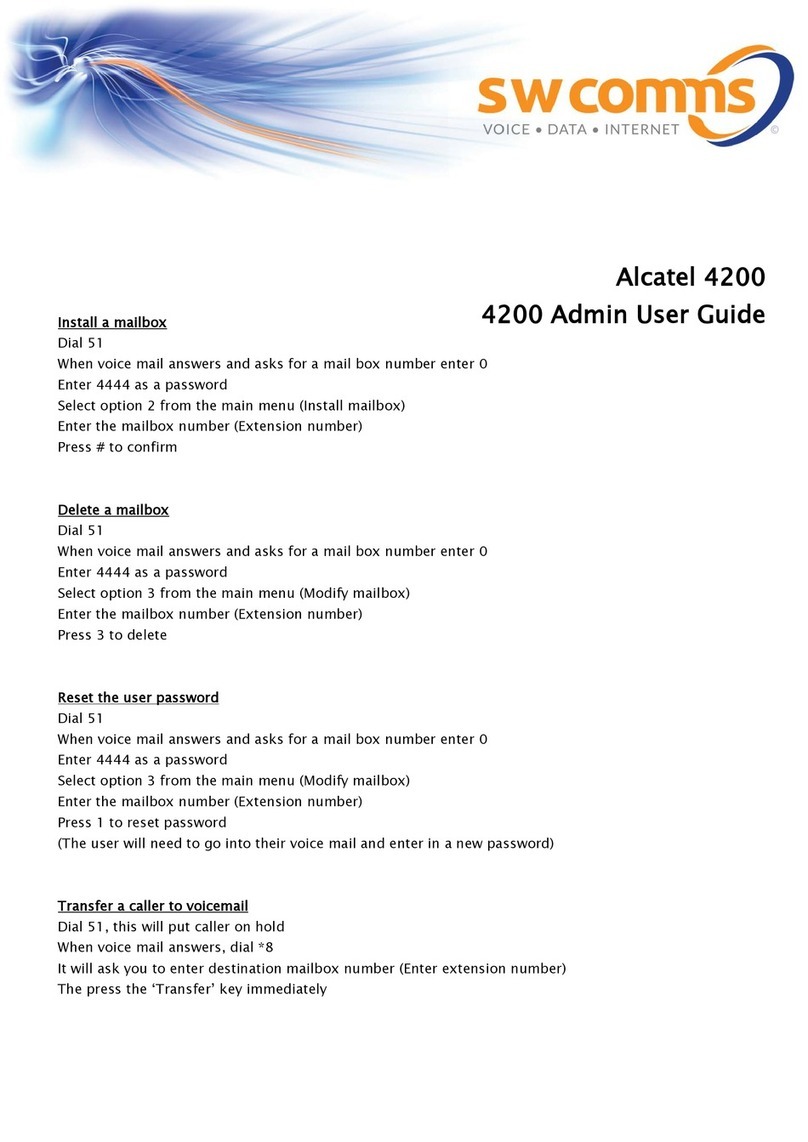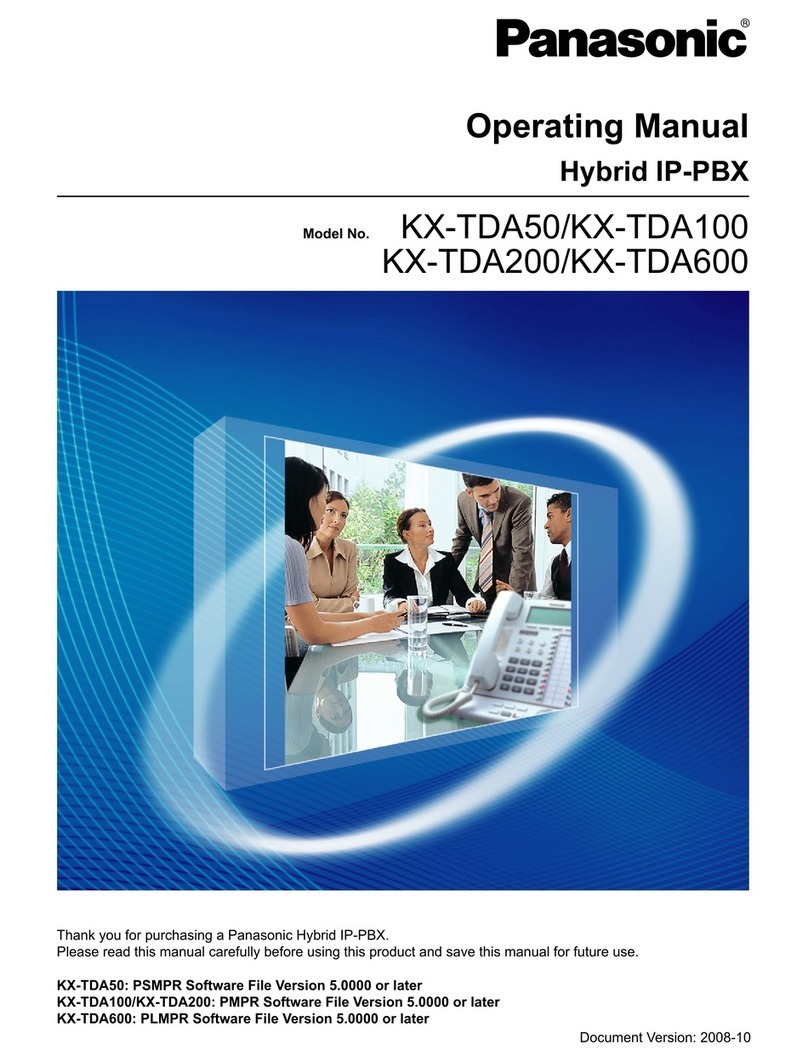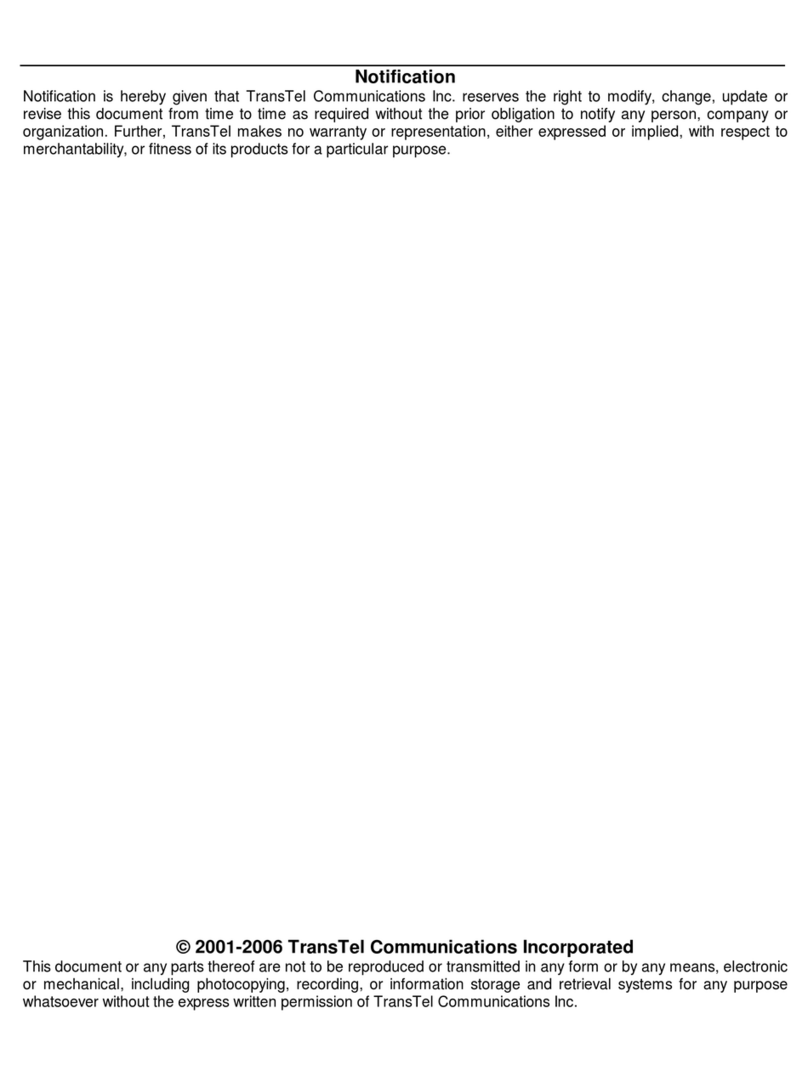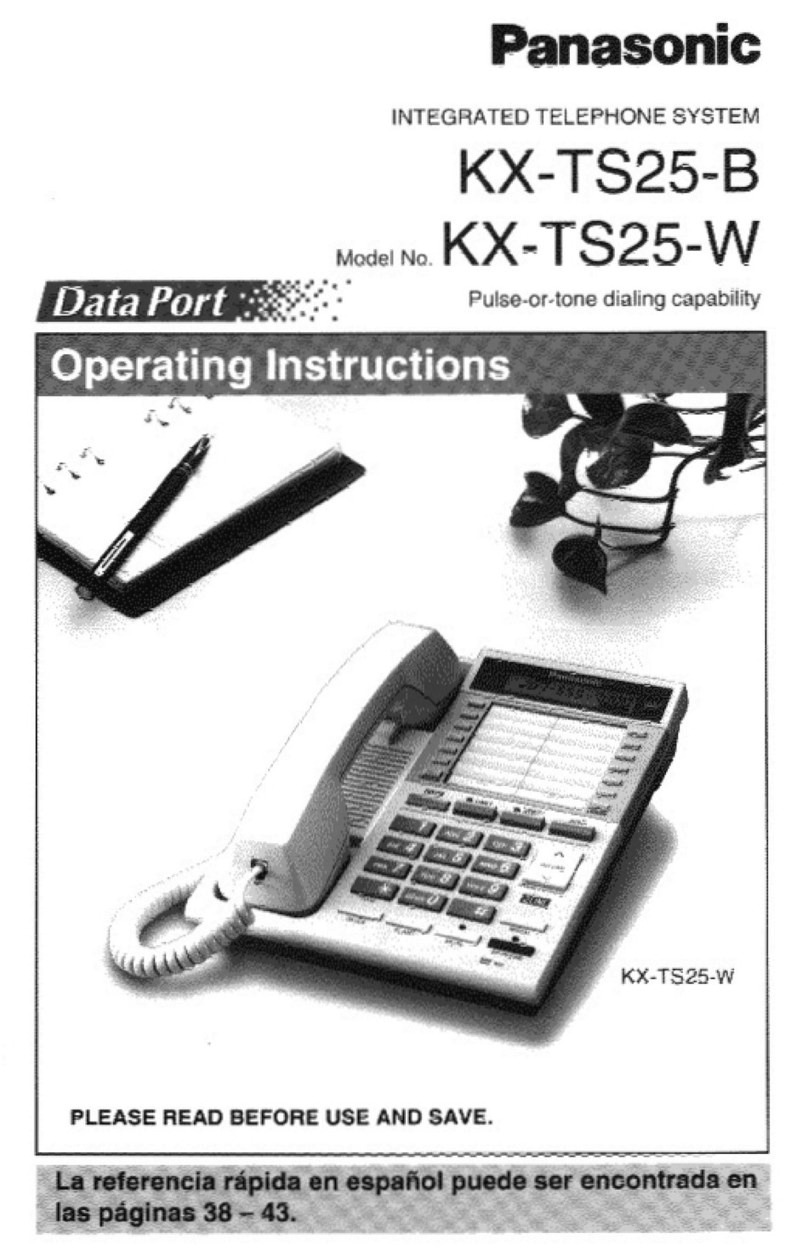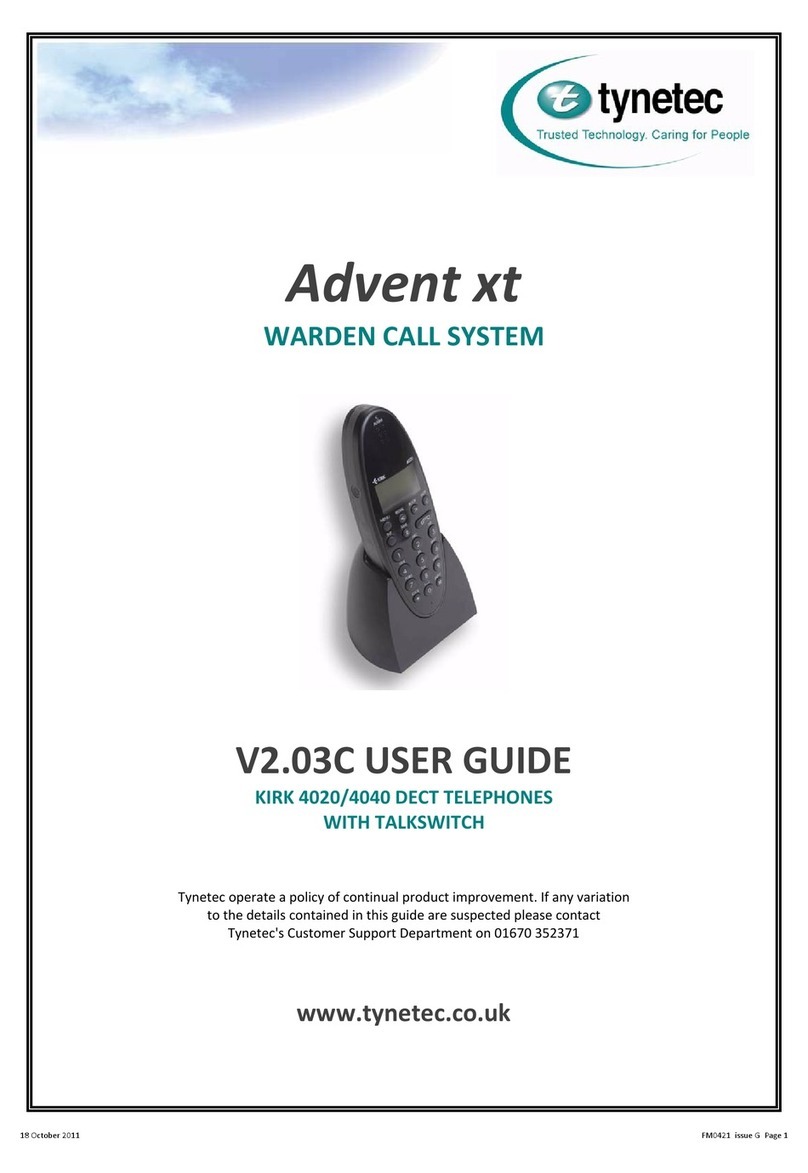Nortel Meridian Meridian 1 Operating and installation instructions
Other Nortel Telephone System manuals

Nortel
Nortel P0857846 User guide

Nortel
Nortel DMS-100 Series User manual
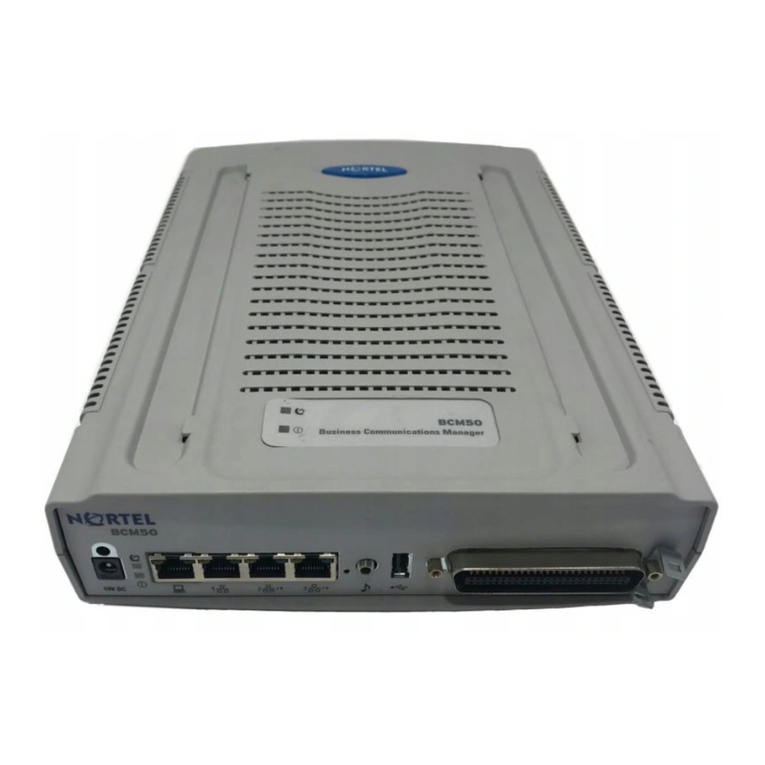
Nortel
Nortel BCM50 Operator's manual

Nortel
Nortel Meridian 1 Option 11C User manual

Nortel
Nortel 2245 Operating and maintenance instructions

Nortel
Nortel DCT1900 User manual

Nortel
Nortel BCM50 Installation guide

Nortel
Nortel DMS-10 User manual
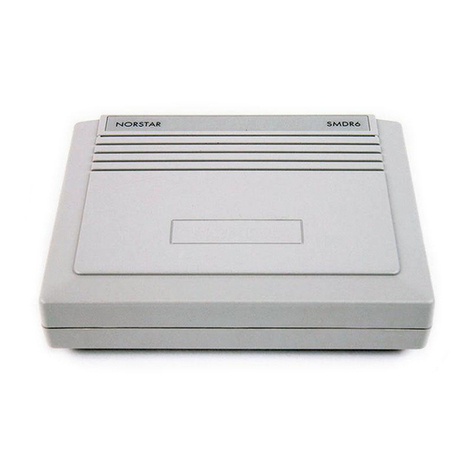
Nortel
Nortel Norstar SMDR6 User manual
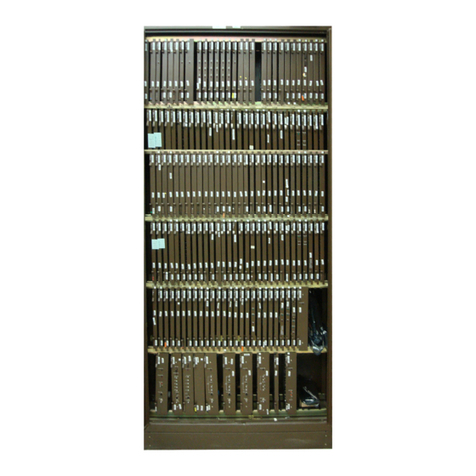
Nortel
Nortel North American DMS-100 User manual
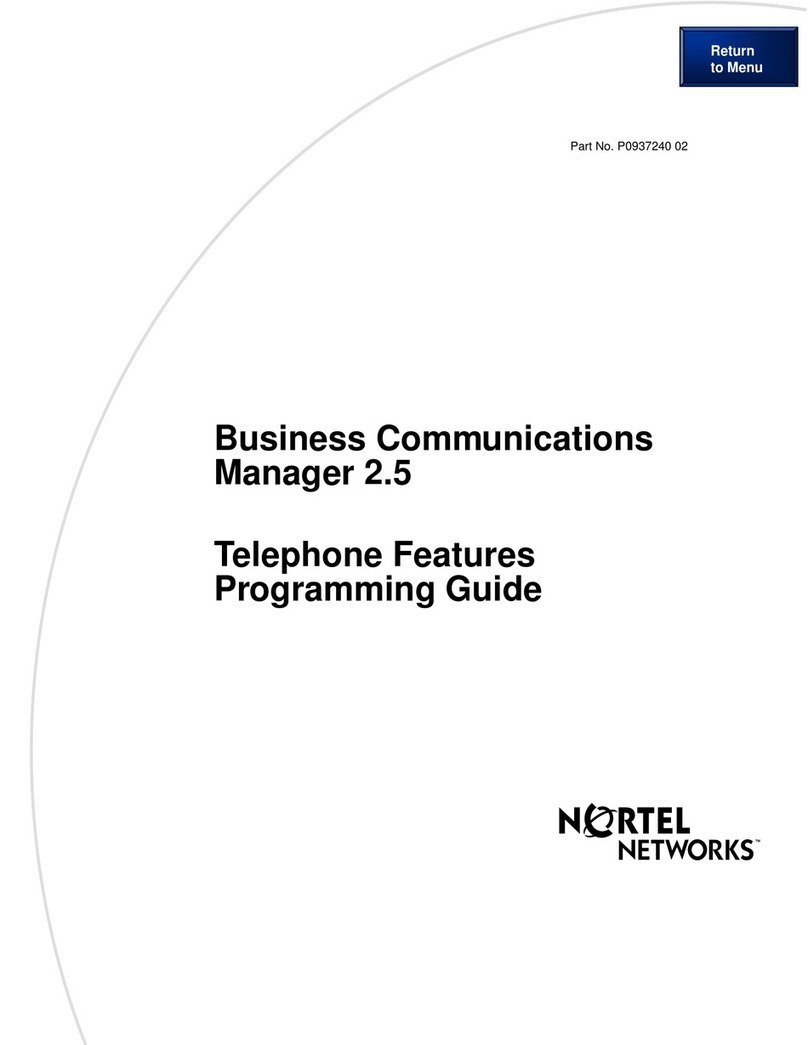
Nortel
Nortel Business Communications Manager 2.5 Operating instructions
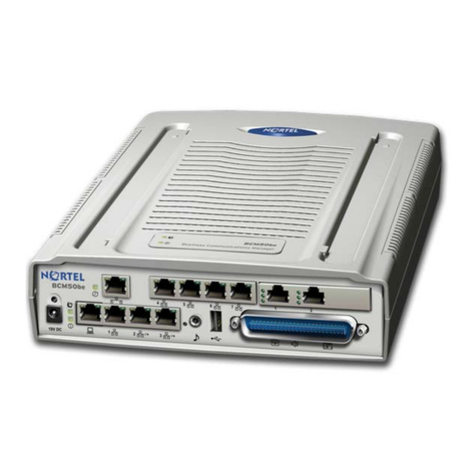
Nortel
Nortel BCM50 2.0 User manual
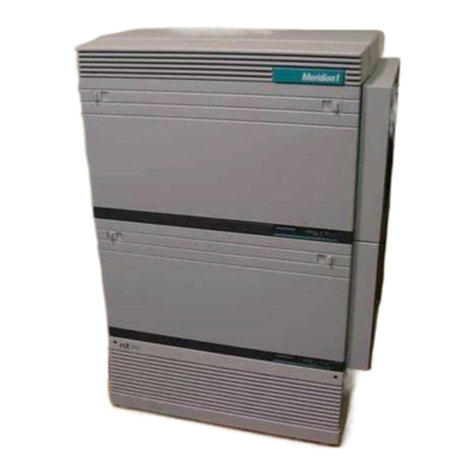
Nortel
Nortel Meridian Meridian 1 Instruction manual
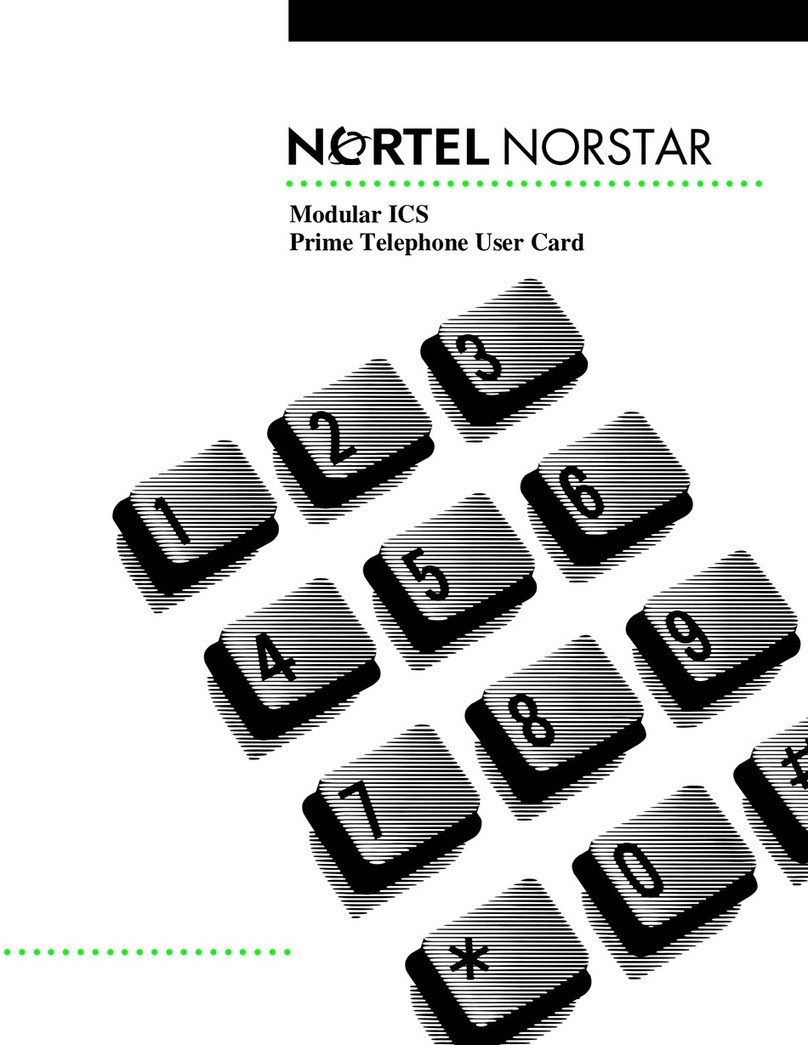
Nortel
Nortel Norstar Modular ICS Parts list manual
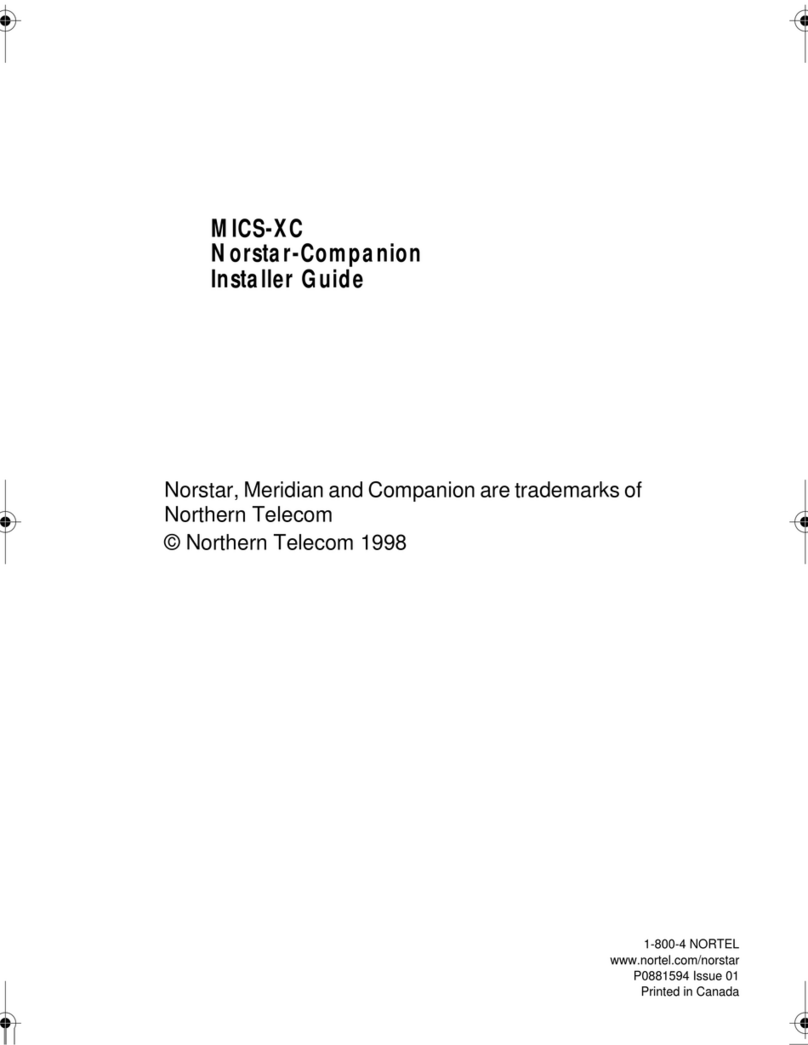
Nortel
Nortel Companion MICS-XC User manual
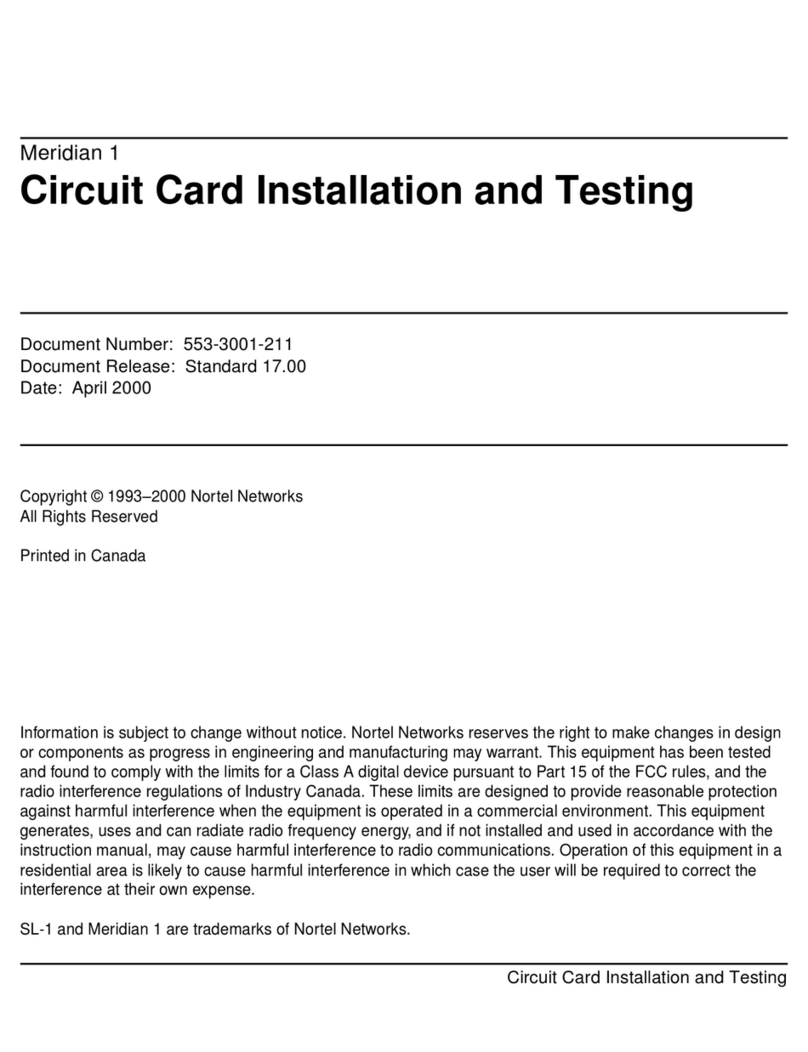
Nortel
Nortel Meridian Meridian 1 User manual
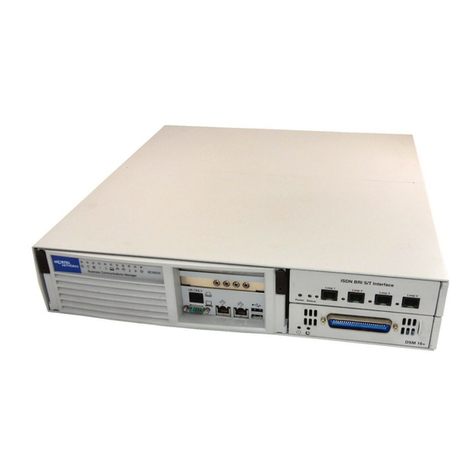
Nortel
Nortel BCM200 User manual

Nortel
Nortel BCM50 2.0 Installation guide
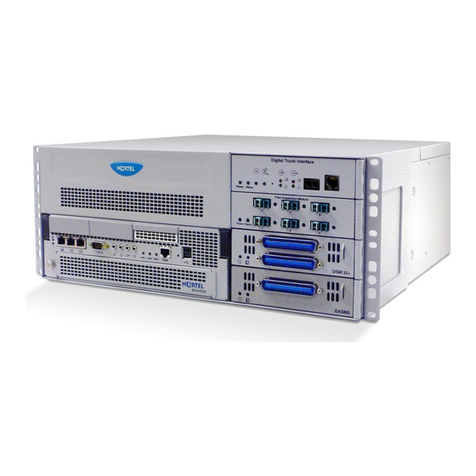
Nortel
Nortel BM450 User manual

Nortel
Nortel BCM1000 Product manual

